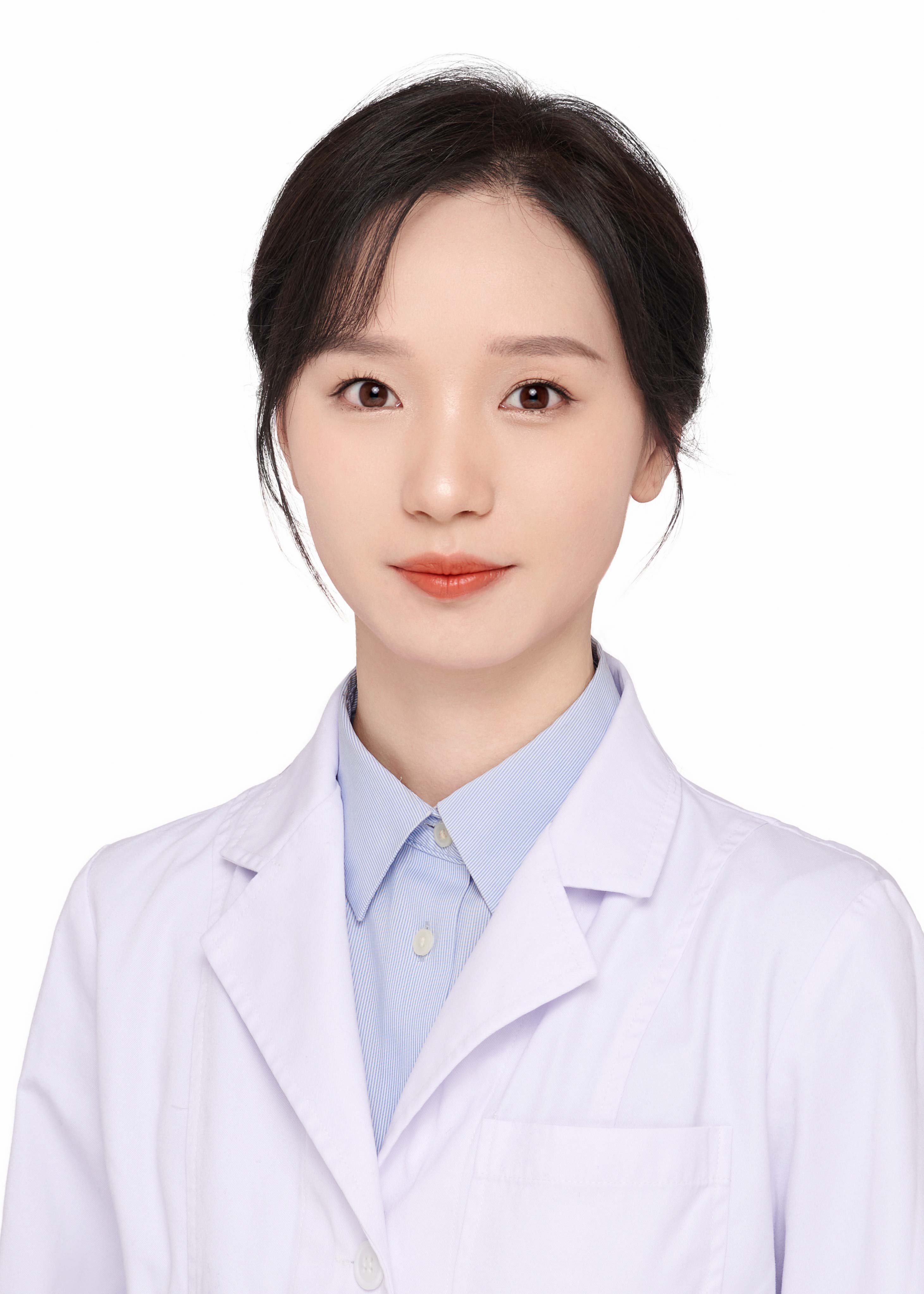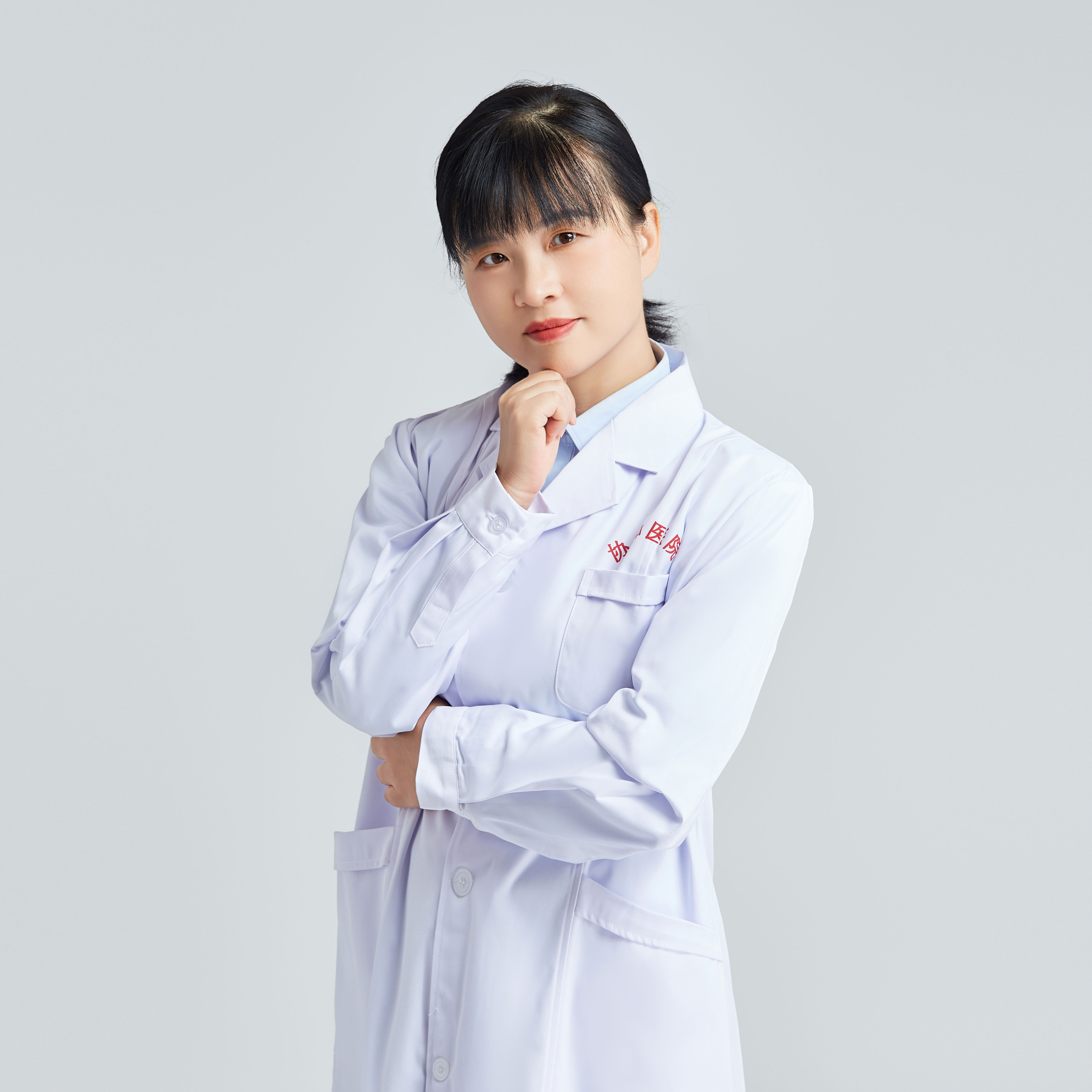What are the fastest methods to remove age spots?
Generally speaking, age spots refer to seborrheic keratosis. There is no such thing as the fastest method to remove seborrheic keratosis. The development of seborrheic keratosis may be associated with factors such as genetics, aging, air pollution, endocrine disorders, and actinic keratosis. Treatment options under medical guidance include laser therapy, cryotherapy, photorejuvenation (intense pulsed light), and medication. Specific analyses are as follows:
1. Genetics
If family members have a history of seborrheic keratosis, their offspring may have a relatively higher risk of developing the condition. It is important to maintain skin cleanliness and avoid excessive skin irritation in daily life. Laser therapy can also be performed under a doctor’s guidance. This treatment uses precise laser energy to target affected tissues, causing the keratinized layer to necrotize and shed, thereby achieving therapeutic results. The typical reference cost for laser therapy is 3,000–6,000 RMB per session. Noticeable improvement usually appears within 1–2 weeks, although possible side effects include hyperpigmentation and scarring.
2. Aging
As people age, the skin gradually ages, and keratinocyte maturation may slow down, potentially leading to seborrheic keratosis. Maintaining skin hydration and avoiding late nights may help slow the skin aging process. Cryotherapy, conducted under medical advice, uses low temperatures to destroy abnormal cells, removing keratotic patches and improving skin texture. The typical reference cost for cryotherapy is 200–2,000 RMB per session. Improvement is generally seen within 1–2 weeks, but potential adverse reactions include pigmentation changes and pain.
3. Air Pollution
Air pollutants may damage the skin barrier, potentially triggering seborrheic keratosis. When air quality is poor, it is advisable to minimize outdoor activities or take protective measures such as wearing anti-smog masks. Photorejuvenation (intense pulsed light) therapy may be used under a doctor's recommendation. This treatment uses specific broad-spectrum colored light to break down various pigment cells and stimulate collagen regeneration, helping fade dark spots and improve skin texture. The typical reference cost for photorejuvenation is 1,000–4,000 RMB per session. Improvement is generally noticeable within 1–2 weeks, though side effects such as burns or swelling may occur.
4. Endocrine Disorders
Endocrine imbalances are mainly caused by emotional fluctuations, chronic sleep deprivation, and malnutrition. Such imbalances may disrupt hormonal stability, leading to excessive sebum production and the development of seborrheic keratosis. Symptoms often include irritability and dull complexion. Medications such as Xiaoyao Pills, Wuji Bai Feng Pills, or Kuntai Capsules may be used as directed by a physician.
5. Actinic Keratosis
Actinic keratosis is typically associated with prolonged sun exposure. It may cause skin damage and accelerate skin aging, thereby contributing to seborrheic keratosis. Symptoms may include dryness and skin shrinkage. Treatments under medical supervision may include topical medications such as tretinoin cream, diclofenac sodium gel, or fluorouracil cream.
In daily life, maintaining clean skin and avoiding excessive friction or squeezing is important to prevent stimulating skin cell proliferation and worsening symptoms of seborrheic keratosis.







